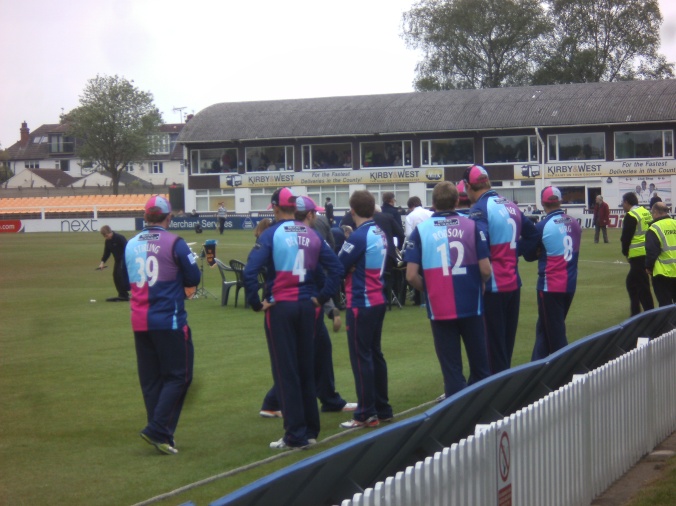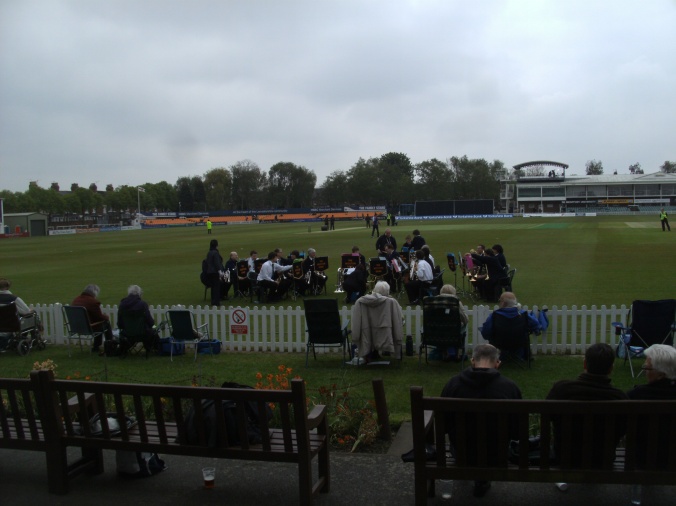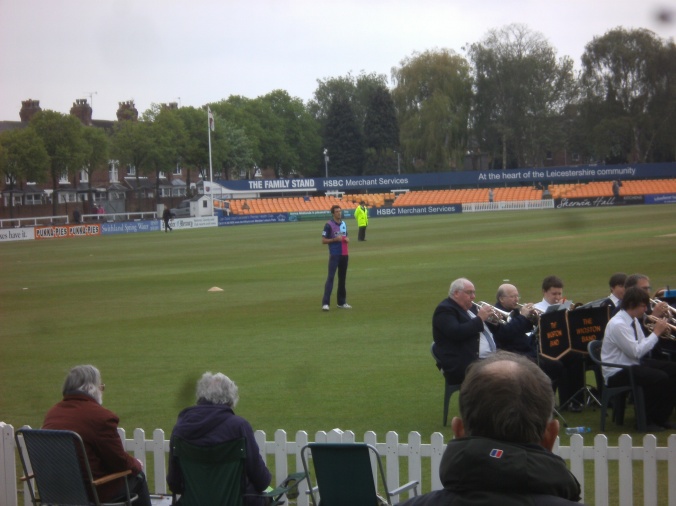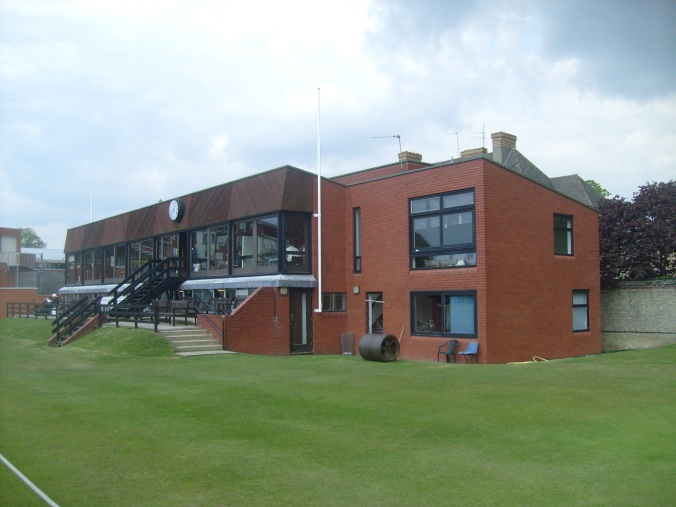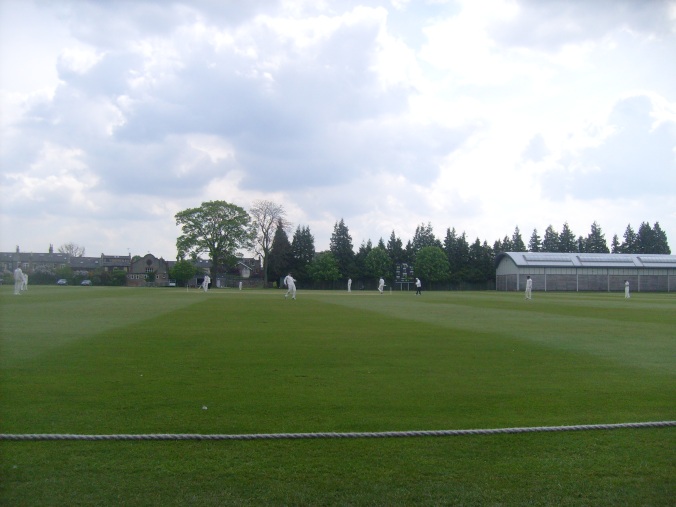(To fill a sad gap, I thought I’d revive this, which I originally published this time in 2010. The blog was a rather different beast in those days …)
I realise that, with all the excitement of the start of the cricket season, I’ve almost allowed what are often thought of as two of the most poetical of months – April and May – to go by with hardly a poem or song. So, as it’s Whit Sunday, here is a song which I think also works as a poem. The lyrics to Dancing at Whitsun (or Whitsun Dance) were written by Austin John Marshall, the husband of Shirley Collins; the tune is traditional. The version I know best is by Silly Sisters (Maddy Prior and June Tabor), though there also recorded versions by Shirley Collins and Maddy Prior with Tim Hart. I can’t find any of these on YouTube, so here is a version by “LiteGauge”, recorded as a tribute to Tim Hart.
The lyrics seem self-explanatory, but apparently had a slightly more specific context when they were written (the mid-1960s). It seems that folk dancing had come to be seen as predominantly an activity for old ladies (and sometimes denigrated for that reason), and the song suggests one reason why this might have been so.
Dancing at Whitsun, by Austin John Marshall
It’s fifty-one springtimes since she was a bride
And still you may see her at each Whitsuntide
In a dress of white linen and ribbons of green
As green as her memories of loving
The feet that were nimble tread carefully now
As gentle a measure as age do allow
Through groves of white blossom, by fields of young corn
Where once she was pledged to her true love
The fields they stand empty, the hedges grow free
No young men to tend them, nor pastures to see
They have gone where the forests of oaktrees before
Had gone to be wasted in battle
Down from their green farmlands and from their loved ones
Marched husbands and brothers and fathers and sons
There’s a fine roll of honour where the Maypole once was
And the ladies go dancing at Whitsun
There’s a row of straight houses in these latter days
Are covering the Downs where the sheep used to graze
There’s a field of red poppies and a wreath from the Queen
But the ladies remember at Whitsun
And the ladies go dancing at Whitsun
(Apologies for any copyright violation. Will remove if requested).
